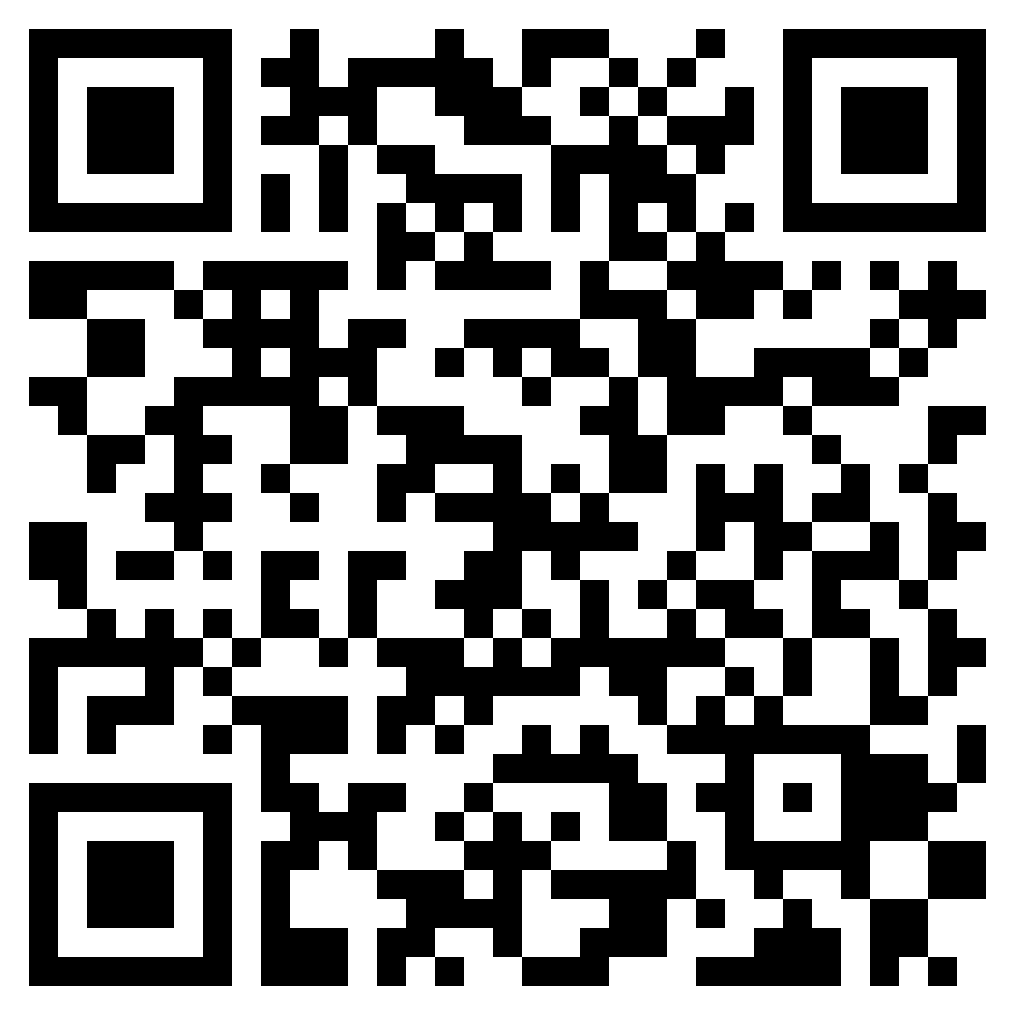CONTENTS, PROBLEMS AND DIDACTICAL BASIS OF TEACHING THE SUBJECT "ELECTRIC NETWORKS AND SYSTEMS" IN THE ELECTRONIC EDUCATIONAL ENVIRONMENT
DOI:
https://doi.org/10.55640/eijmrms-02-04-65Keywords:
Learning environment, educator, learner, educational programsAbstract
The maximum effectiveness of the process of preparation for the e-learning environment can be achieved only through the coordinated development of psychological, technical, technological, information, legal, methodological and other components of the process. The introduction of modern information and communication technologies into the educational process has led to the creation of a new form of teaching - distance learning - in addition to traditional teaching methods.
References
Kayumova N.A. Suropov B.M. Ta'lim jarayonida integratsiyalashgan muhit. // Formation a culture of independent thinking in the educational process. Materials of the international scientific conference on November 10–11, -Prague, 2015. P.19-22 (ISBN 978-80-7526-061-1).
Modern information and educational environments. P-lib.ru-Library for the student. http://www.p-lib.ru/pedagogika/andreev/ /andreev9.html
Solovov A.B. Information technology education in professional training//Higher education in Russia. -2002. -No. 2.-S.31-36.
Zaitseva E.A., Dolgonosov A.M. Two-coordinate map of the selectivity of chromatographic phases and a program for its construction / Fifth All-Russian Symposium with international participation "Kinetics and dynamics of metabolic processes", Krasnodar Territory, Sochi, 30.10-6.11.2016, p. 171-172.
Standard agentliging 2017 yil November 10 No. 05-896-sonli karori. “Elektron ta'lim” milliy tizimiga kiritiladigan electron methods complexlar va boshka talim resurslariga yagona talablar. OZDST 36.2030:2017
Regulations on the electronic information educational environment of OSU. dated September 15, 2017 No. 64-D. http://www.osu.ru/doc/4410
Nazarova T.S., Polat E.S. Teaching aids: technology of creation and use. - M.: URAO, 2001. - 203 p.
Kudinova G.A. Comprehensive educational and methodological support of the educational process.
Information and communication technologylari fan dasturi. Oliy va ўrta mahsus talim vazirligi tomonidan iқtisodiy talim yunalishlari talabalari uchun 2016. No. BD-5230600-2.02 son bilan ruykhatga olingan.
Suropov B.M. Kichik business va tadbirkorlikni boshkarishda ahborot-communication technologylaridan foydalanish. // Karshi mukhandislik-iqtisodiyot institute. Iktisodiyotni rivozhlantirish va liberalallashtirish sharoitida kichik business va tadbirkorlikni zamonaviy boshkaruv tendensiyalari. The Republic of Ilmiy-Amalii Anzhuman Maruza Tezislari Teplami. April 16-17, 2018, -B. 234-236.
Krasilnikova V.A. The use of information and communication technologies in education: a study guide // V.A. Krasilnikova; Orenburg state. un-t. ¬ 2nd ed ¬ Orenburg: OGU, 2012. ¬ 291 p.
Vezirov T.G. Theory and practice of using information and communication technologies in teacher education. Diss. doc. ped. Sciences. Stavropol, 2001. - 310 p.
Kayumova N.A., Suropova B.M. Akhborot-talim tizimi sharaitida barkamol avlodni tarbiyalash y'llari. Bukhoro DUda tashkil etilgan “Barkamol avlod-buyuk yurt istiqboli” Mavzusidagi Republic of ilmiy-amaliy anzhumani materiallarida 2014 yil 25-26 november 228-229-b.
Magomedov R. M., Nimatulaev M. M. Requirements for a computer science teacher in a new information and educational environment. the text of a scientific article on the specialty “People's education. Pedagogy". Pages 41-42.

Downloads
Published
How to Cite
Issue
Section
License
Copyright (c) 2022 Mash’albek E. Yo‘Lchiyev

This work is licensed under a Creative Commons Attribution 4.0 International License.
Individual articles are published Open Access under the Creative Commons Licence: CC-BY 4.0.

